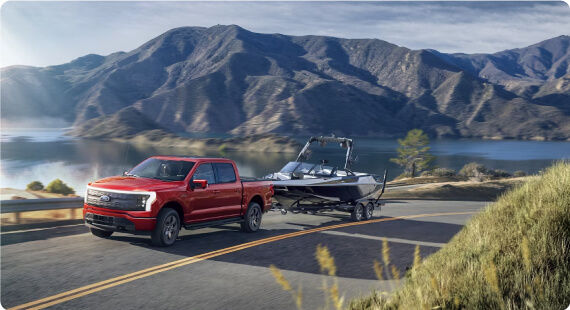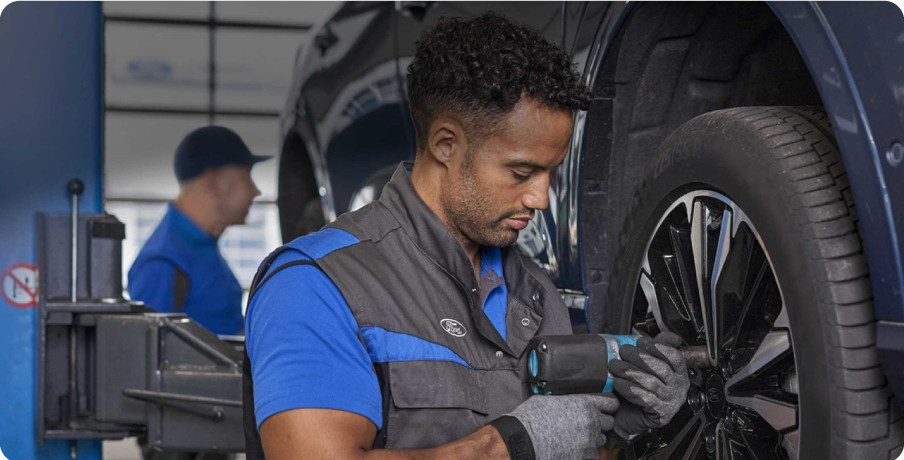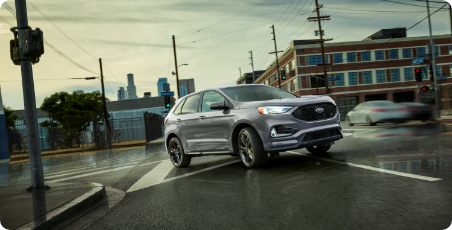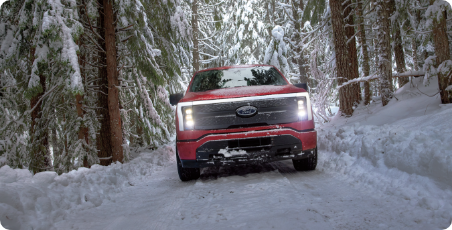Summer And All-Season Tires In Barrie
At Bayfield Ford, we make it quick and easy to find the best all-season or summer tires for your car. Call us or use the tool below to choose the right tires for your vehicle and to request a service appointment.
| Days | Hours |
| Monday | 7:30AM to 6:00PM |
| Tuesday | 7:30AM to 6:00PM |
| Wednesday | 7:30AM to 6:00PM |
| Thursday | 7:30AM to 6:00PM |
| Friday | 7:30AM to 5:00PM |
| Saturday | 8:00AM to 12:00PM |
| Sunday | Closed |

Why Buy Summer or All-Season Tires?
It’s time to say goodbye to winter in Canada! And as the temperatures rise, at Bayfield Ford we suggest that you get ready to replace your Ford’s winter tires with all-season tires. What’s the right time to make this change? Keep an eye on the temperature. If the daily lows are consistently above freezing and you don’t see snow in the forecast anymore, it’s time to get your all-season tires installed.
At our store, we also get questions like why are all-season tires important, what’s the right kind of tire to use for different vehicles, etc. Go through our FAQ section below if you have any tire-related queries. We may be able to provide you with the answers.

Tire Brands We Carry
At our Tire Shop, you'll find the best quality and pricing for tires in the Barrie area. We carry a wide range of tires for all vehicles and from all of the major leading brands, such as:
FAQs
Here are the answers to some tire-related questions that you ask us. If you have more questions, feel free to call us or drop in, and we’ll be happy to help you!
Treadwear and tire speed are important elements that decide the quality of any tire, including your all-season tires.
The treadwear grade is related to the expected life of the tire. The amount of tread on a tire is critical in determining how well it will vacate water to maintain contact with the road in the rain. If your tires wear out quickly, your safety may be at risk. Therefore higher the treadwear of your tire, the better is its quality.
The tire speed rating is the maximum speed that a tire can safely carry a load for a sustained amount of time in ideal conditions.
Tire companies offer tires with different treadwear and a tire speed. Go online to do your research and read reviews from car owners who’ve used their products. This will help you understand the benefits and downsides of each brand.
We always recommend that you buy your tires from a licensed dealer.
Yes, we advise that all four tires be the same make, model, and design.
Tempting as it might be to leave your winter tires on for the summer, our tire specialists strongly advise against this practice. Driving with winter tires in summer can increase stopping distances, making it difficult to manoeuver the vehicle, and also increase the risk of hydroplaning on wet pavement.
Keeping your winter tires on during summer does not just make driving difficult; it’s also dangerous. It increases the risk of a blowout because the rubber compound in winter tires isn’t designed to dispel heat. Equally important, if you continue to use winter tires in summer, your vehicle will need more fuel. This is not good for your pocket or the environment.
The best way to check your tire size is to read the letters and numbers on the sidewall of your tire. There are online tools, like ours above, that will tell you the tire size the manufacturer equipped the vehicle with. However, if someone owned the vehicle prior to you, changed the wheel size or tires to something other than the manufacturer's original specifications, you could end up purchasing the wrong size tire. Always check the sidewall to be sure or take your vehicle to a tire distributor like Bayfield Ford!
There are numerous markings on the sidewall of your tire but you are looking for something that has a naming convention similar to these 4 examples below. Also note that the tire size will be one of the larger markings on the tire so its not difficult to find or read.
P215/60R16
P245/65R17
P185/55R15
P195/65R16
Let's take a minute to learn what each of these numbers and letters mean. We will use the first tire size above for our explanation.
P- means it’s a passenger vehicle tire instead of say, a transport truck tire.
215- the tire width expressed in millimeters. This tire is 215 mm’s wide.
60- is what's known as the tire aspect ratio. In this case the height is equal to 60% of the tires width.
R- means it’s a radial tire. All passenger vehicle tires these days are radial tires. 40 or 50 years ago most tires were bias ply tires. Bias ply tires were not as safe as today's radial constructed tires and the ride quality was extremely poor compared with todays radial tires.
16- is the wheel diameter. In this example, 16 means the wheel width of your vehicle is 16 inches.






